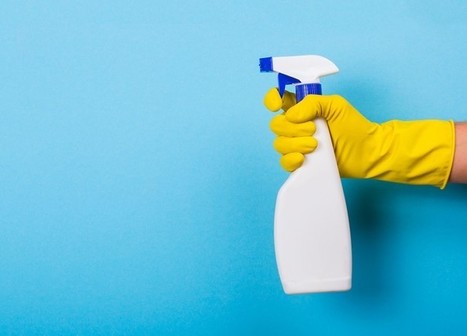Gerba notes that technological advancements like large airliners, massive sports stadiums, and the proliferation of self-service kiosks have made it easier for diseases to spread rapidly. Mobile devices like smartphones can pick up germs from contaminated hands and then offload those germs later on to spread in a new location.
Enveloped viruses like SARS-CoV-2—which rely on a protective lipid coating—are the easiest type to deactivate. In contrast with many gastrointestinal viruses like norovirus which have a tough protein shell called a capsid, viruses with this fatty wrapping are relatively vulnerable.
“It’s much more sensitive. It’s sort of a wimpy protective shell,” says virologist Seema Lakdawala of the University of Pittsburgh.
There are a few ways to burst this flimsy shell. Alcohol-based products disintegrate the protective lipids. Quaternary ammonium disinfectants, commonly used in health-care and food-service industries, attack protein and lipid structures, thwarting the pathogen’s typical mode of infection. Bleach and other potent oxidizers swiftly break down a virus’s essential components.
Via ThePlanetaryArchives/BlackHorseMedia - San Francisco



 Your new post is loading...
Your new post is loading...







